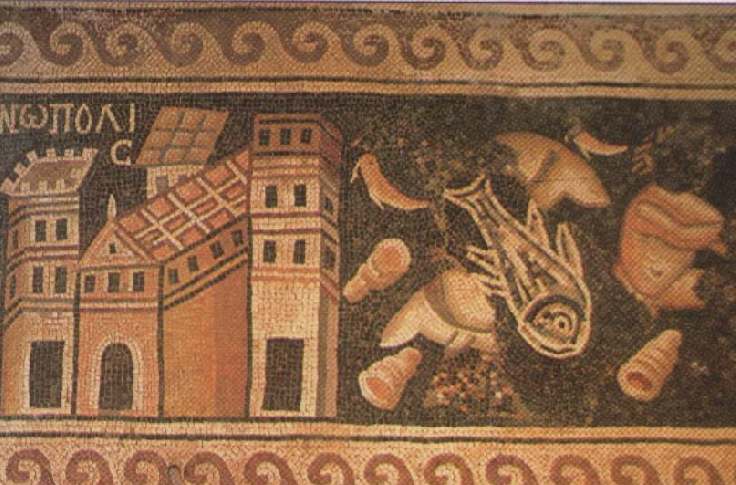|
|
Arab Horses:
Horses have
existed in the Arab region as long as recorded human life -
a history much longer than that of either Europe or the Americas. They were
valued highly as a farm animal and a military animal in both the Egyptian
and the Persian empires of old.
Horses flourished and died in the Arab region in the 3000 years before Jesus
Christ was born. Indeed, Bedouins claim to have tamed horses long before
this. Historians argue the genetic purities of the Arabian breed, as opposed
to the desert horses. But none of the historians deny that the earliest
records of domesticated horses exist in Arabia and Asia.
The first historical recordings of horses in Europe came from the
Mesopotamian Era Civilizations, all in the form of paintings of horses
pulling war chariots. The first European to appreciate the many qualities of
the purebred Arabian horse of the desert was Alexander the Great of
Macedonia.
In 330 BC he was attempting to conquer the near east, and he recognised that
he was failing mainly due to his heavy horses and the heavy chariots that
they pulled. So they concentrated on stealing/buying a number of the Arabian
horses, and all of his bowmen were trained on the Arabians. As a result, he
had far greater success!
During the crusades, hundreds of crusaders' lives were lost when they rode
their heavy horses into battle in the Holy Land of Jerusalem. They met the
men of the desert on their light, fast horses. Through all the blood that
was lost, one great treasure was stolen. The invaders did not leave Arabia
without taking a good number of these horses to cross-breed with their own
horses.
As the religion of Islam spread as far as Spain, the Arabs decided to cross
some of their Arabian horses to the lesser quality Spanish horses, and they
produced a fantastic light horse called the "jennet." It was these "jennets"
that Christopher Columbus packed on his ships to conquer the New World
(America).
The Native Americans, or Red Indians, had never seen horses before, so they
believed that Christopher Columbus and his Conquistadors were Gods. As a
result, many were converted to Christianity. Those who did not submit were
easily killed by their mounted opponents. However, it was not long before
Native Americans caught some of the horses, either those captured in battle
or those that swam ashore from some of the ships that had been wrecked and
formed wild herds. And in catching them, they tamed and trained them in a
fashion very similar to the way that the Bedouins had handled these horses'
forefathers for centuries before.
From these pure horses of the desert came three special horses that have had
the greatest impact on the racehorse: The Byreley Turk, the Darley Arabian,
and the Godolphin Arabian. All three sired great horses and all modern
thoroughbreds are descended from them.
The Byreley Turk was not actually Turkish but an Arabian stolen during
battle and eventually ridden by Captain Byreley in King William's war. The
second was the Darley, known to be bay with a white blaze and three white
legs. He was found by a traveling merchant named Thomas Darley in the desert
of greater Syria.
The Godolphin Arabian was gifted to the Boy King of France, whose court did
not appreciate the horse because of his small size. He eventually came into
the ownership of the second Earl of Godolphin. The Godolphin Arabian became
known as father of the turf and lived until he was 29 years old.
|
